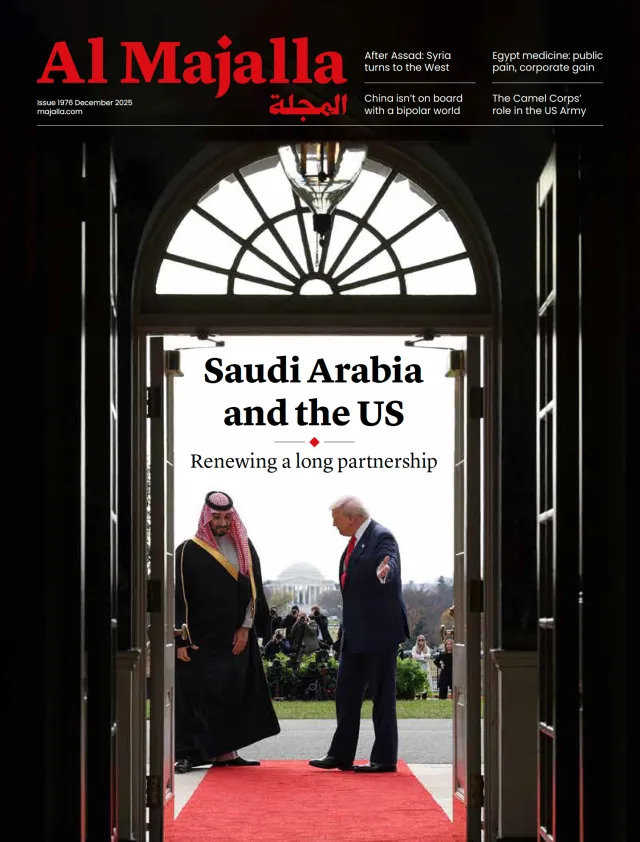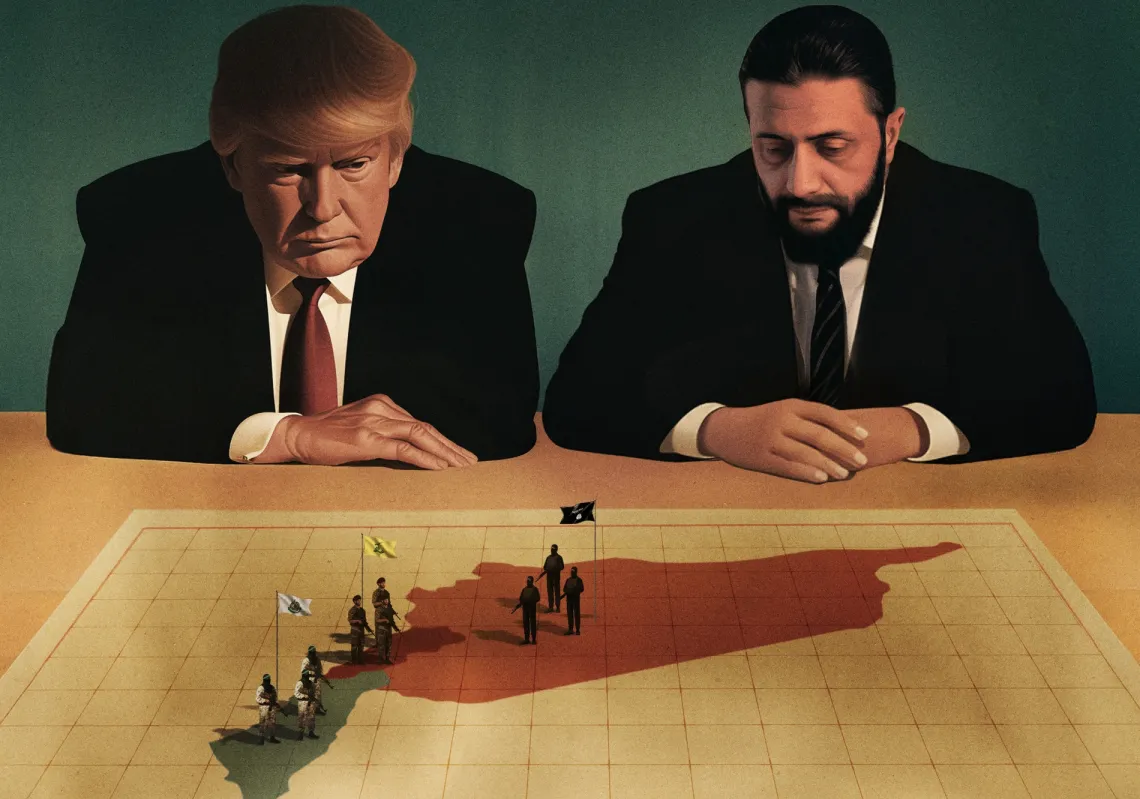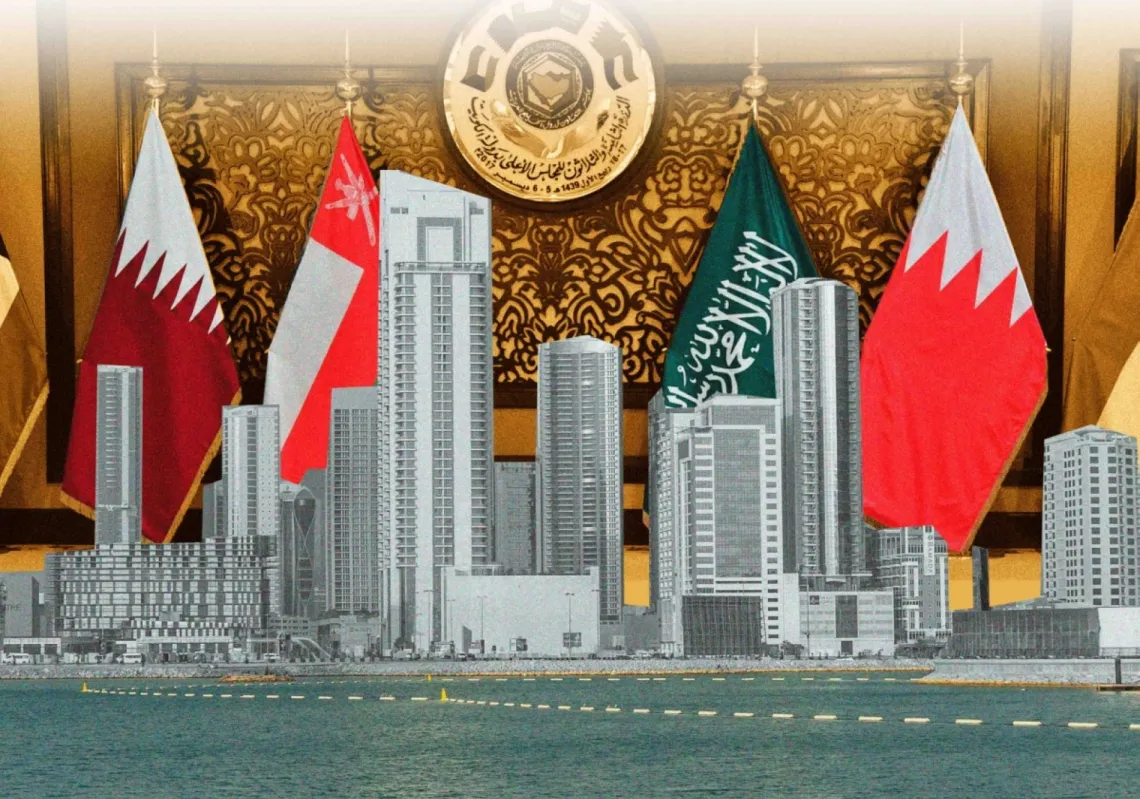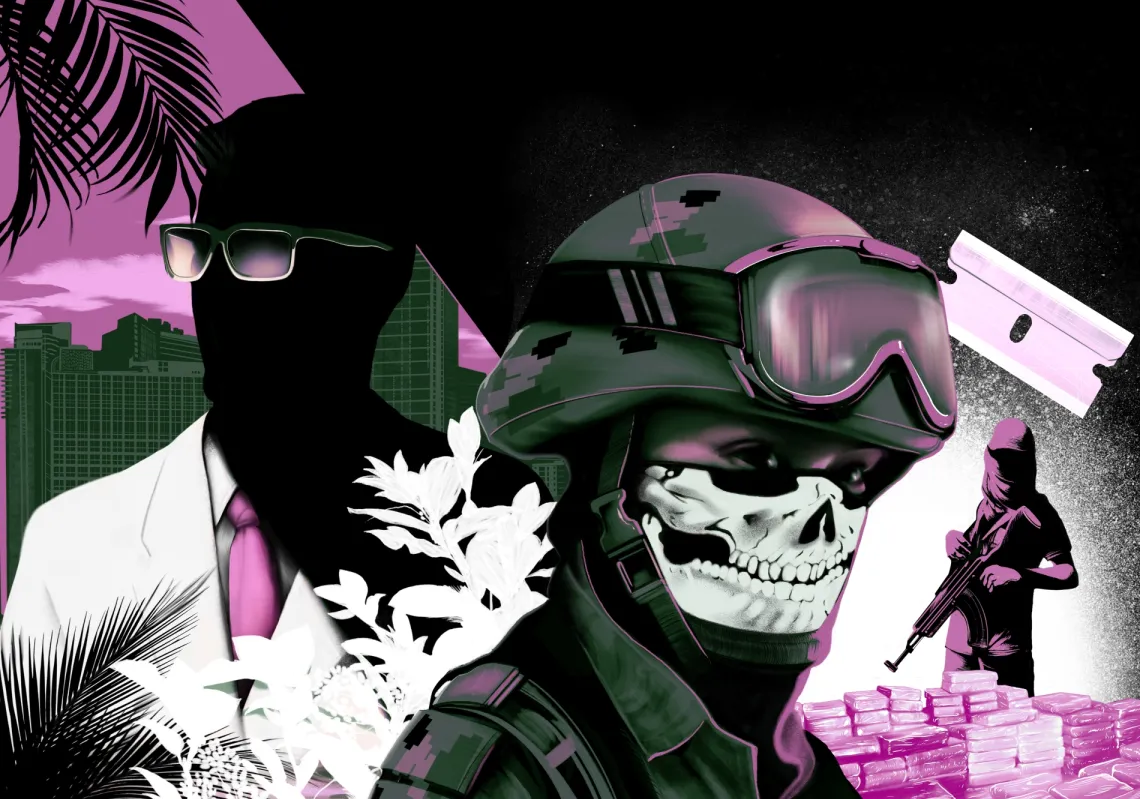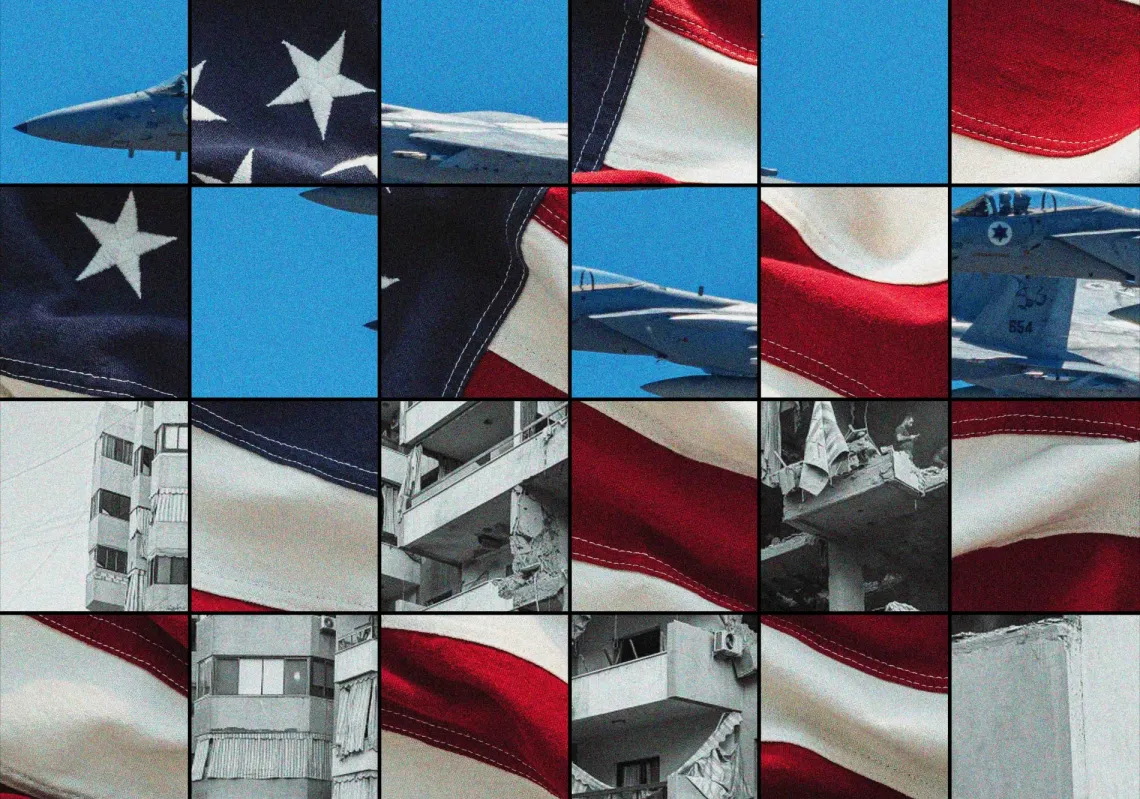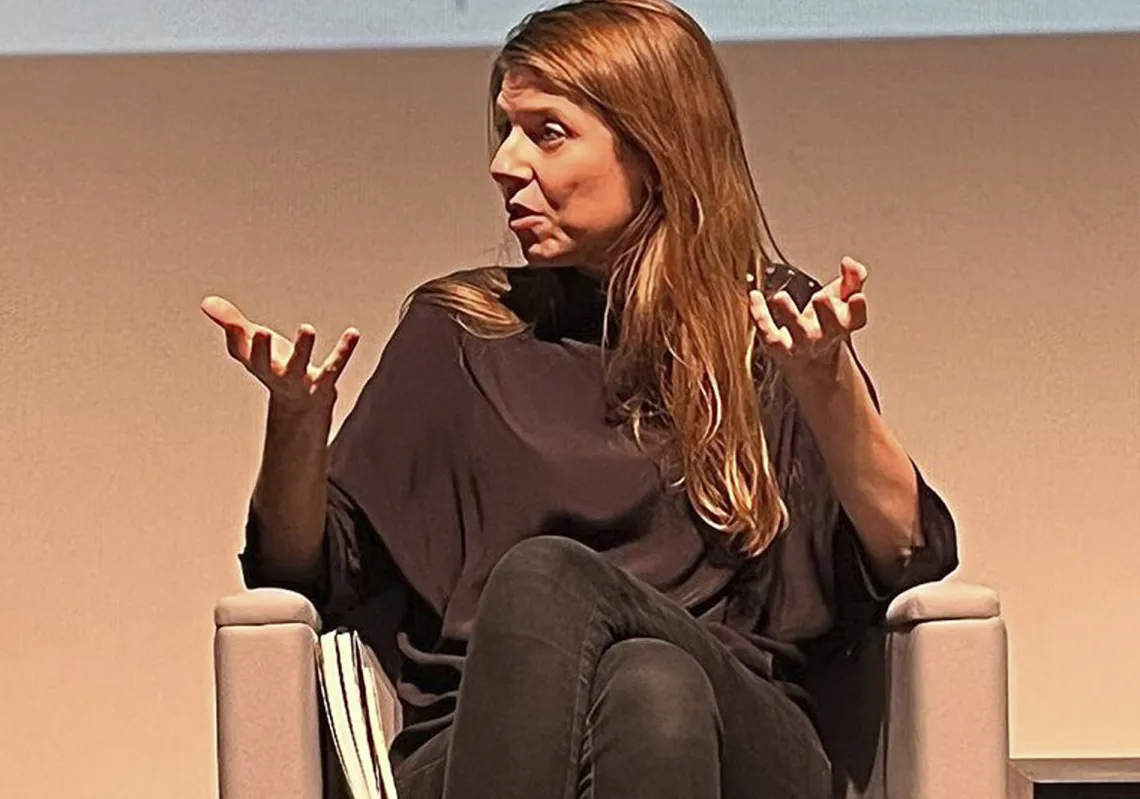Towards the end of World War I, Emir Faisal Ibn al-Hussein entered Damascus, liberating it from 400 years of Ottoman rule. The people of the city noted his splendid Arabian attire, which stood out in October 1918, although he did not hesitate to show his admiration for how people dressed in the West.
Faisal had been visibly impressed by the gentlemen of London and Paris, and when asked whether he preferred the fedora hat or the Ottoman tarboosh, also known as a fez, the young emir did not mince his words. He said he did not prefer the tarboush.
That remark quickly found its way to the wider public. Soon, Western hats appeared all over the Syrian capital, hoping to please Faisal’s sartorial preference. He would stick with his Arabian costume and often present visiting foreign dignitaries with headgear as gifts, emphasising his own Arab identity. His fondness for Western dress codes aroused controversy in Damascene society, where Western-educated youth considered traditional Arab costumes outdated and were lobbying instead for trousers, hats and neckties.
So critical were young Syrians of the traditional dress code that many of Faisal’s officers replaced their Arabian headgear with military caps. They were later to be named after Faisal himself, when he wore one on the day of his coronation on 8 March 1920.
When showing up at Buckingham Palace to meet the king of England in late 1920, months after his dethronement in Syria, Faisal put on a western suit, prompting a British official to remark: “Your Majesty, where is your splendid abaya?” Faisal replied that he had taken it off the minute he left his throne in Damascus, an expression of anger at how he had been mistreated by occupying French forces and their British allies.
He would continue to wear European suits for the remainder of his life after being enthroned as king of Iraq in 1921 and until he died in Switzerland in 1933.

Al-Sharaa’s change of dress code
The evolution King Faisal’s attire went through has echoes in the latest wave of political change in Syria. Its present leader, Ahmed al-Sharaa, first emerged to national and international prominence dressed in battle fatigues as he led the rapid march on Damascus last December.
Ever since his days in Idlib, Syria's recently-named president was known for this form of dress. But that has changed, along with his circumstances. He has started appearing in civilian clothes, including sportswear, and has also worn suits, in all black, with ties.
Then he lightened the look somewhat, pairing white shirts with the black suits. Then came a smart-casual style, in keeping with his new duties, adjusted for the visitors he has received at the Presidential Palace.
Like Faisal before him, al-Sharaa had led a revolt and needed to come across as a statesman and peacetime leader rather than a successful rebel. Both men's changes in dress seemed to send a similar signal: running a country is very different from running a revolution. Changes to their appearance were among the most visible ways of getting that message across.
While their wardrobe tactics overlap, the two Syrian leaders from different eras are also very different men. Faisal was not a Damascene native; he was parachuted into the capital from the Arabian Desert. Al-Sharaa was raised in Damascus and is well-acquainted with its ways of life and its sartorial habits. He already knew the dress code of a cosmopolitan city, whereas Faisal was introduced to it in London, Paris, Damascus, and later Baghdad.

Revolutionary dress code
When the political party that formed the regime that al-Sharaa was to depose came to power in 1963, it, too, used attire to send a political message to the people. In their early days in charge, the Ba’athists targeted the urban bourgeoisie, who were persecuted, jailed, or exiled. Everything that came with pre-Ba’ath Syria was deemed reactionary, including the elegant dress code of Syria’s political elite. Rather than western suits and neckties, the Ba’athists went for safari suits and Maoist jackets, claiming that they mirrored revolutionary fervour.
Veteran diplomat Abdullah al-Khani was serving in Europe during the Ba’ath coup and returned to Damascus to meet the new foreign minister in mid-1963. A worldly figure educated at the American University of Beirut and Damascus, al-Khani had served as secretary-general to the Syrian presidency in the 1950s, learning to dress to perfection from two presidents, Shukri al-Quwatli and Hashim al-Atassi
At the foreign ministry’s doorstep, he met an employee who said to him: “You aren’t seriously considering entering the minister’s office dressed like that?” Al-Khani looked at his neatly pressed suit, necktie, and shining shoes, remarking: “What’s wrong with it?” The employee replied: “It reeks of elitism, and they (the Ba’athists) don’t like that. Go back home and get into a safari suit.”
Al-Khani was furious, snapping: “If the minister doesn’t like what I am wearing, then this is his business, not mine. I am more than ready to resign, but under no circumstances will I do away with my suit for his sake. This is how all responsible employees dress, especially us diplomats who are the public face of Syria.”

A few years later, Ba’athist Prime Minister Yusuf Zuayyin showed up at the Elysee Palace in France for a meeting with President Charles de Gaulle, dressed in a colourless Maoist jacket. The director of protocol politely asked him to wear a suit and tie, to which Zuayyin replied: “But this is the attire of the revolution.”
Revolution or not, replied the official, it was no way to meet the president of France.
Arafat’s suit
The Ba’athists would so outgrow their early sartorial habits, changing into western suits by the late 1960s and early 1970s. The same cannot be said for Yasser Arafat, who, since debuting on the world stage in the 1960s, insisted on wearing military fatigues with a keffiyeh on his head, folded neatly to his shoulders in the shape of the map of Palestine. The iconic black and white checkered garment became his personal hallmark and was soon synonymous with the Palestinian struggle, raising the ire of the Israelis.
During the Madrid Peace Conference of 1991, top negotiator Saeb Erekat chose to wear one, infuriating then-Israeli prime minister Yitzhak Shamir, who demanded that it be removed at once.Erekat pointed to the Saudi Foreign Minister Saud al-Faisal, who was wearing a red & black kufiyyeh but that didn’t convince Shamir, who argued that the Saudi headgear was not provocative for the people of Israel.
One of Arafat’s main props was a revolver that never parted his hip, not even when he entered the United Nations in 1974 to announce a peace initiative. With a gun close at hand, Arafat famously said: “I come to you carrying a freedom fighter’s gun and an olive branch. Don’t let the olive branch fall from my hand.”

With the passing of time, however, he too changed his habits – although very unwillingly – and that was clear when he was invited to the United States to sign the Oslo Peace Accords on the White House lawn in September 1993. It was a historic moment for Arafat, coming after years of being blacklisted and labelled as an international terrorist by consecutive US administrations.
There was only one problem: his military outfit and his gun. In his memoirs Innocent Abroad, former US ambassador Martin Indyk recalls how American officials sought help from the Saudi embassy in Washington, which, in turn, sent tailored suits to Arafat’s hotel room, asking him to choose from them before heading to the White House.
Arafat played along and tried one of the suits, but when standing in front of the mirror, he looked so comical that his closest aides couldn’t hold back their smirks. Never in their lives had they seen the leader of the Palestinians—always in military attire—in a Western suit.
Fuming, he took off the suit and decided to keep both his khakis and his gun, prompting President Bill Clinton to remark that should Arafat enter the White House armed, then he would use the gun to shoot him. Arafat argued that he could never abandon his gun—anything but his gun— offering to empty all the bullets in compromise. That did not satisfy the Clinton Administration, and Arafat had to eventually enter the premises without it.

